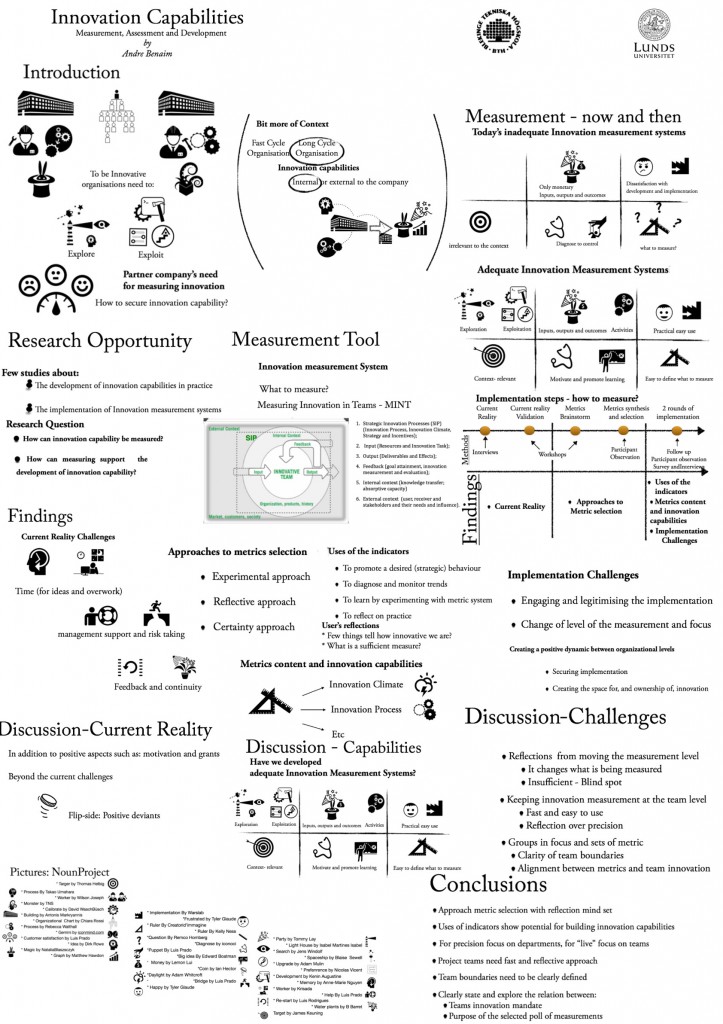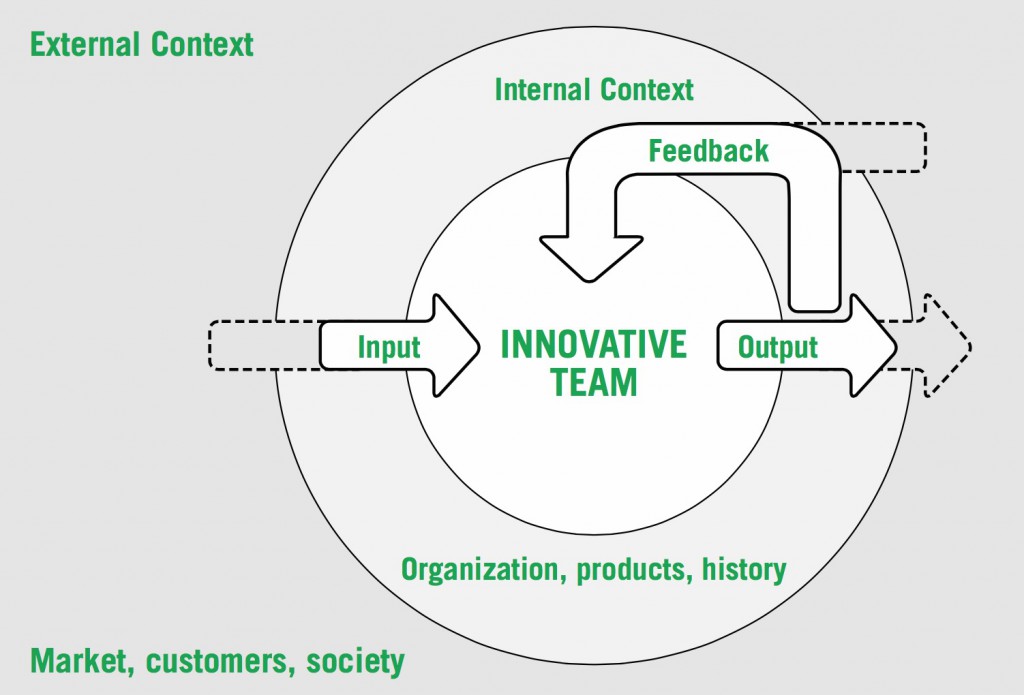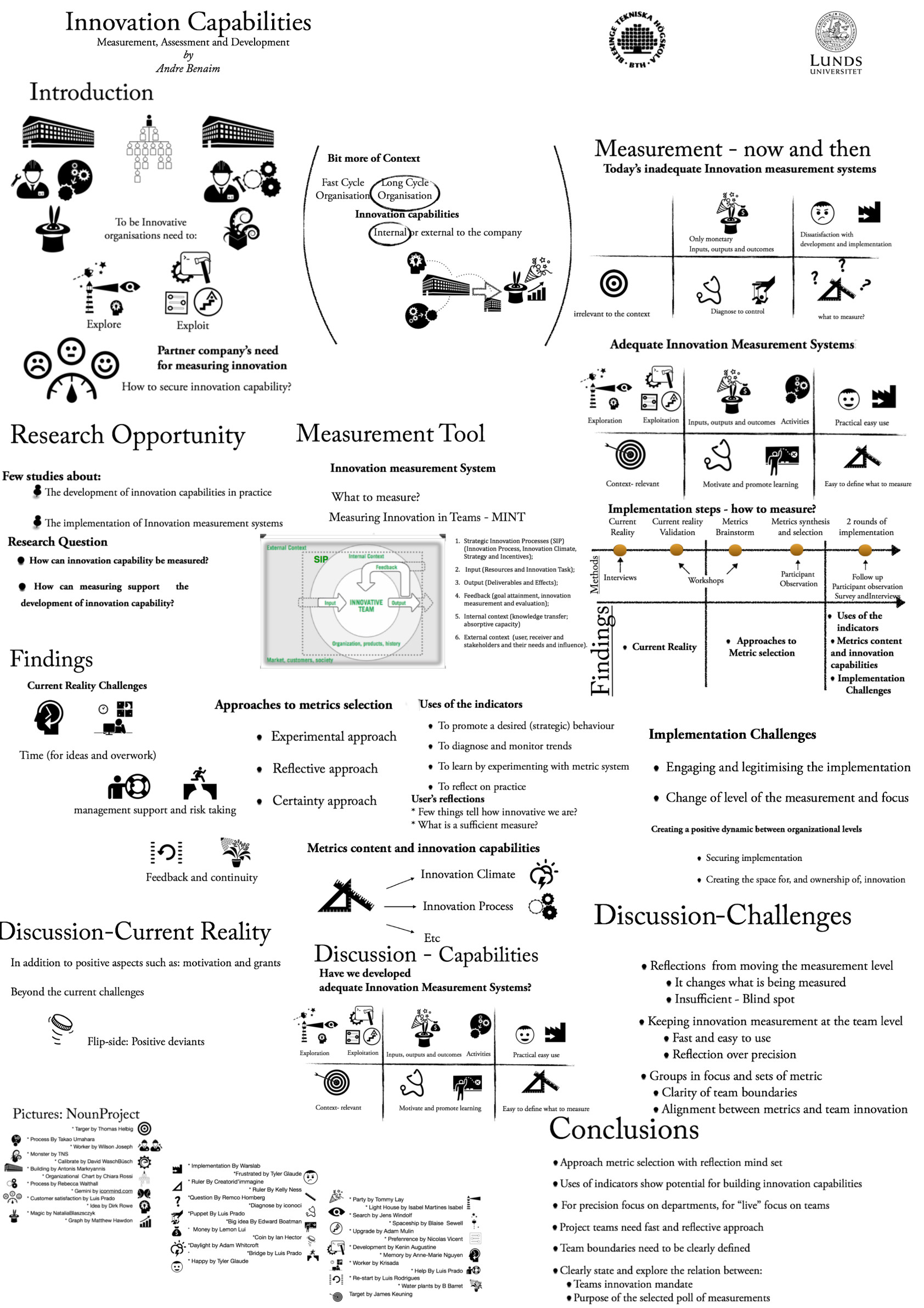
Assessing innovation performance, with Andre Benaim
- Post by: Tobias Larsson
- 25th September 2015
- No Comment
Quick Profile
Andre Benaim works w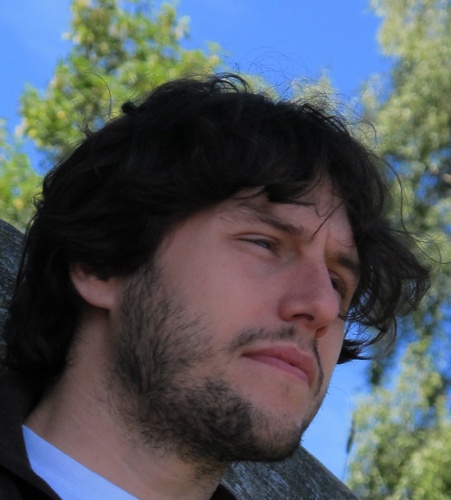
What are your main areas of interest?
My main areas of interest are innovation capabilities, personal development and sustainability.
What is your work about?
My work focuses on the assessment and development of Innovation Capabilities. I am interested in the skills, tools and practices that support individuals, teams and organisations to work innovatively.
What are some examples of your innovation work?
My main work has been developing innovation capabilities through the use of an measurement tool. The tool allows people to identify, act on and follow up on innovation capabilities The metrics are selected by the ”people on the ground” and thus they are directly relevant to them; together with the focus on the right capabilities this approach empowers them to develop these capabilities in a self-directed way.
One example of this work involved the implementation and testing of a tool called MINT (Measuring Innovation in Teams). This process was the focus of my articles and licentiate thesis.
I also supported the training in and implementation follow-up of an innovation tool called MOVE; which is a methodology to support the exploration of ideas.
I have worked with empowerment and behaviour change focused on sustainable development for many years. My main task was to support the development of a workshop and toolbox for learning from experience, called Learning for Change. Together with the team we conducted several international workshops about learning and training in our programs. I also have a Master ́s in Strategic Leadership towards Sustainability.
What is the relation of your work background to innovation?
Being empowered is key for being innovative, no one innovates without believing it is possible and that they can be a part of it. Today, no one really knows what an environmentally and socially sustainable society may look like. There is a great degree of uncertainty in both technological and social aspects. It is a field in which more than one solution is desirable and none of the current proposed solutions is fully developed or implemented. Therefore, we need to improve and innovate beyond the solutions we have today and in fact sustainability is already today a large driver for innovation.
In addition, sustainability is a complex wicked problem; as such it requires lots of prototyping and testing. This in turn requires inventor and entrepreneurial spirit. From this perspective, finding ways to improve the capacities that will bring about sustainable innovations requires people who are empowered to try new ways of doing things and invent solutions.
The nature of the solutions to sustainability (and innovation) challenges require many experts and are multidisciplinary. Therefore, beyond setting a vision, the leader of today needs to be capable of bringing different partners and fields together. A leader has to be more of a facilitator, bringing different expertise together to create new outcomes.
In addition, a leader supports learning from experience, so the solution can be as functional as
possible. One of my main projects in my earlier work has been to refine a tool for this purpose, as well as to identify (dys)functional mental and behaviour patterns that impact the desired change (innovation).
Why is innovation such a hot topic today?
YES it really is! Beyond the sustainability challenge, it is essential for the success and continuity of organization.
On the one hand, companies have to continue to deliver their products and services, while reducing production cost, as well as, maintaining and even improving the quality of what they offer. On today’s work production power is almost a commodity; for this reason, organizations have to find the edge of production effectiveness, customisation and quality to stay on top.
On the other hand, technologies and business models evolve. A radical innovation that might make a business obsolete might enter the market seeminly overnight. However, the development of this innovation takes time . If an organization only starts exploring new pathways when the competition has already come up with something radically new, it is just too late; only if one has big savings and cash flow one might recover. Of course, it is also possible to play the catch-up game, and sometimes that is needed. Having sharp innovation capabilities helps to make this process smoother. But of course it is much more fun to be the first one to come up with a radical idea – to capitalise on the changing business landscape and come up with your own ides, instead of “just copying” it. It boost employee motivation and company’s image and value.
What makes an organisation innovative?
Innovation is the outcome of the way in which people work. From how they foster new ideas, to how they develop and sell them in the market. Being able to effectively deploy the skills required for innovation work is to have innovation capabilities.
It is the capability to deploy skills and techniques related to two modes of working: Exploration and Exploitation. Exploration is about vision; being to able to identify and investigate more radical ideas. Exploitation is related to the capacity to optimise, and do incremental changes. These ideas and changes can be related to product design, production process or business model, for example.
What is specific about these modes?
There are many dimensions within both of these modes, from how we face them psychologically to how we work with them practically. Those are the focus of my current work; identifying and developing the many skills and tools for exploration and exploitation of ideas. More importantly, learning how to implement them into projects; making the skills and tools the platform for future innovation.
Especially established organisations already have a strong focus on exploitation. It is often a more focused way of working that builds on employee know-how. The goal is optimise. Often, the work focuses too much on finding the right solution as quickly as possible. It skips the real function of the solution and the exploration of options; either because of lack of time or working style. Sometimes this approach works; other times, it requires re-doing and creates more work that is a burden for the individual and the organization.
In term of exploration, criticism is a common challenge. We are often used to criticise and challenge each other’s ideas and perspectives. That is a great skill to have; however, solely focusing on shooting ideas down to see which one survives can kill motivation and pro- activeness; this kind of criticism keep people on the defensive, which blocks innovation climate, actions and mind-set.
This kind of critical thinking skill is utilized best when complemented by a capacity to collaborate and build upon each others ideas. In this way the critical thinking is used to really distill the essentials that an idea is made of and work with it, rather than just finding problems. It is used as a way to find the main value it builds upon, rather than to problematize.
How long does it take to see results from this kind of work?
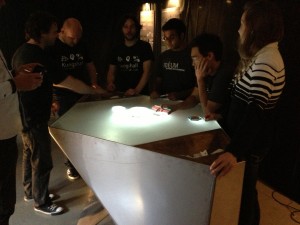
A simple workshop with the right people can go very far! It can both build up skills and lead to practical outcomes.
Of course, practice makes perfect. A longer education program or research partnerships, for example, would allow for such an extended time and space to practice and reflect on these skills and methods.
Furthermore, the results are quickly visible because the work is done with real challenges brought up by the partner organization. Such practical approach allows for the results of the workshop to be immediately relevant and applicable.
Links:
- Andre Benaim Licentiate thesis: https://lup.lub.lu.se/search/publication/7370478
- MOVE: moveworkshop.com
- MINT: Measuring Innovation in teams: http://www.innovationmanagement.se/2011/10/10/measuring-for-innovation%E2%80%93a-guide-for-innovative-teams/
- Empowerment: http://issuu.com/xander/docs/learning_to_live_sustainably
- Learning for change: http://www.globalactionplan.com/l4c

